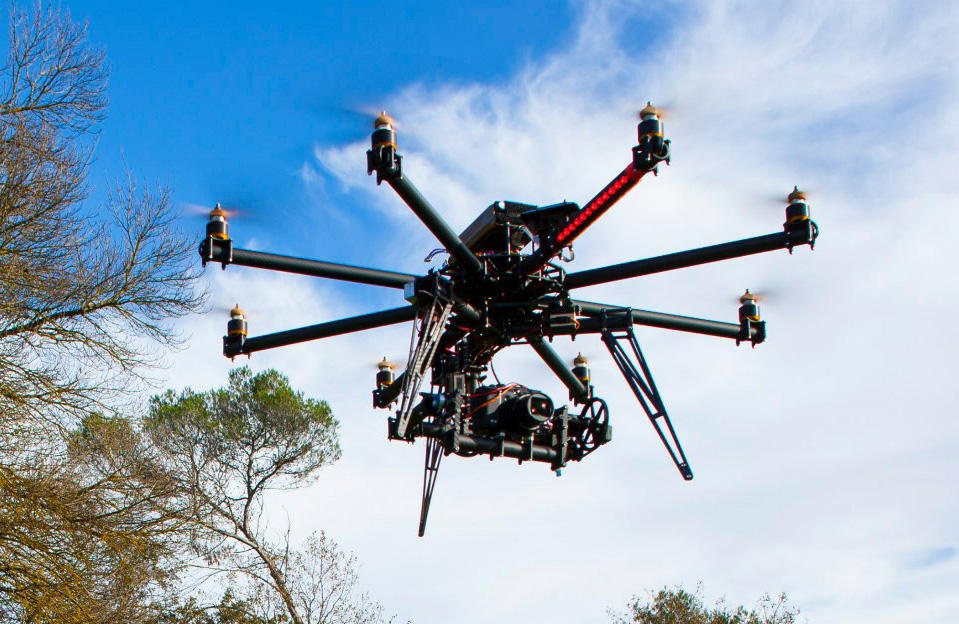
Photo: Wikimedia Commons
Guest Post by Mitch Narins
Last month a letter sent to the FCC by lawyers representing the Amateur Radio Relay League (ARRL), provided great detail into the illegal marketing of video links and amplifiers for use by unmanned aerial vehicles (UAV), more commonly referred to as drones. As the letter pointed out, these devices, which purportedly use frequencies assigned for amateur radio use, actually use frequencies reserved for DME, TACAN, secondary surveillance services, and GLONASS.
Why do these things happen?
Spectrum is extremely valuable. Hundreds of millions of dollars have been paid at auction for the right to use relatively small chunks of it. Companies have found ways to thread together diverse frequencies to achieve usable information bandwidth.
However, some services and user sectors do not suffer this problem, and for good reason.
Long before the advent of the internet and cell phones, they were assigned significant parts of the electromagnetic spectrum for their exclusive use to support such diverse missions as radio astronomy, search and rescue, and other important purposes, where a strictly regulated and controlled quiet environment is crucial.
Thankfully, frequencies also have been designated solely to support radio navigation services and air radio navigation services – the so-called RNS and ARNS bands, which ensure the safe, effective, and efficient movement of ships and airplanes worldwide. Today, these bands support our most critical position, navigation and timing services via GPS, DME, and TACAN, all of which rely in whole or in part on frequencies in the 960 – 1215 MHz part of the L-Band. Additionally – these RNS/ARNS services share the band with secondary surveillance services – at 978 MHz (UAT) and at 1030 MHz and 1090 MHz (Mode A/Mode C). One can clearly see why it is important to protect these frequencies and reserve their use for these safety-of-life services.
However, these essential quiet parts of the spectrum are attractive targets for those who have little motivation to play by the rules. Some time ago, I was informed of a DME interference case that led FAA Spectrum Engineering personnel to a remote industrial park. They quickly found the offending element – a camera placed high on a pole to provide surveillance of the property that used a wireless link to relay video to the security office. After a bit of investigation and review of the system’s installation manual, it was clear that the manufacturer not only intended to use these restricted frequencies, but provided clear instructions on the specific frequencies that they should use!
Déjà vu all over again with this most recent revelation. We all need to stay on guard.

